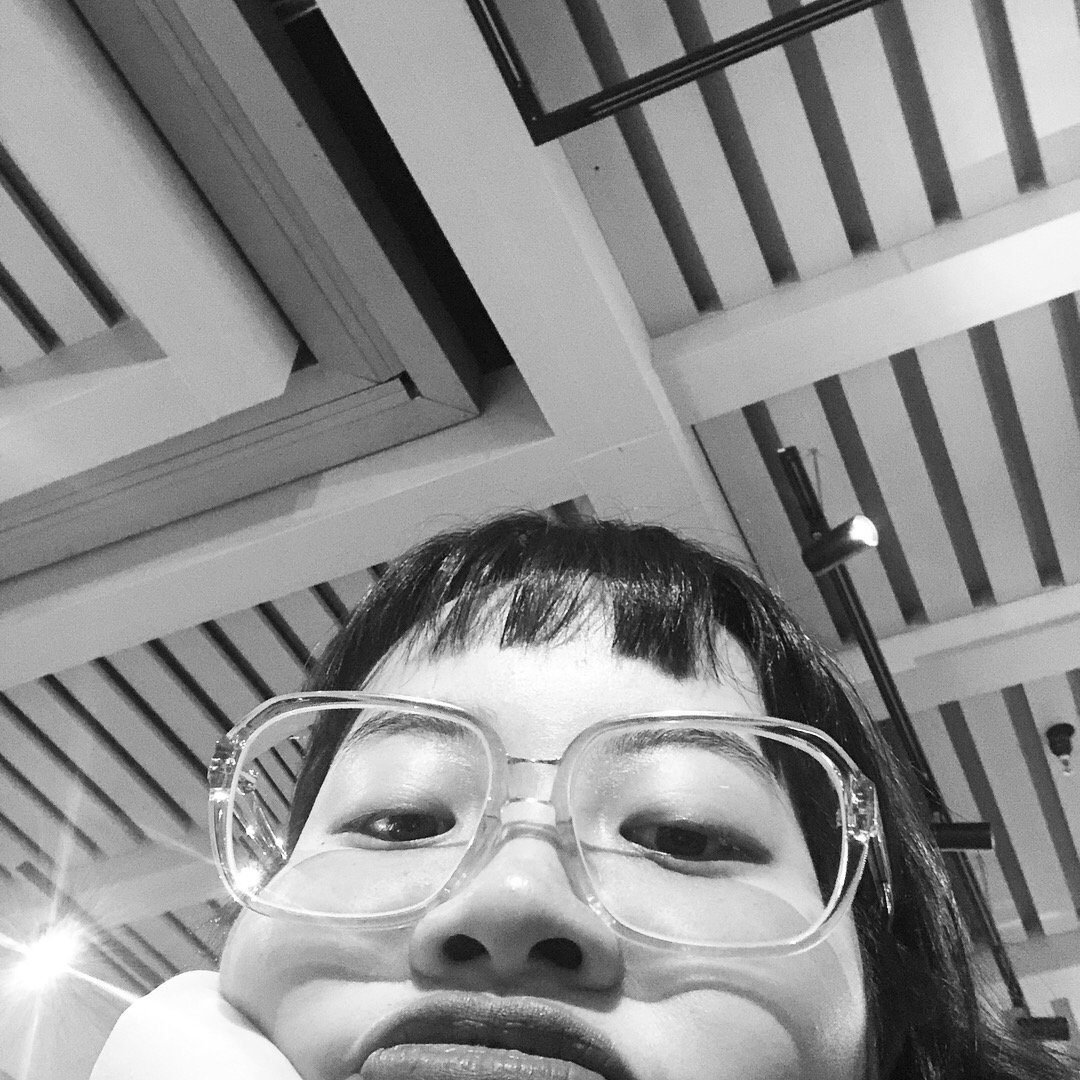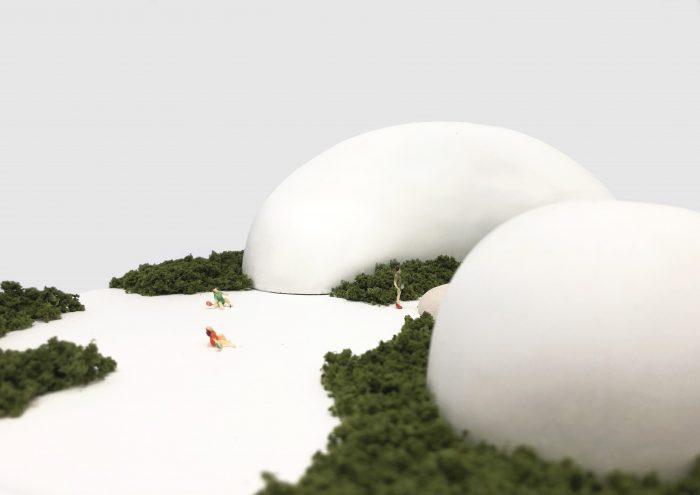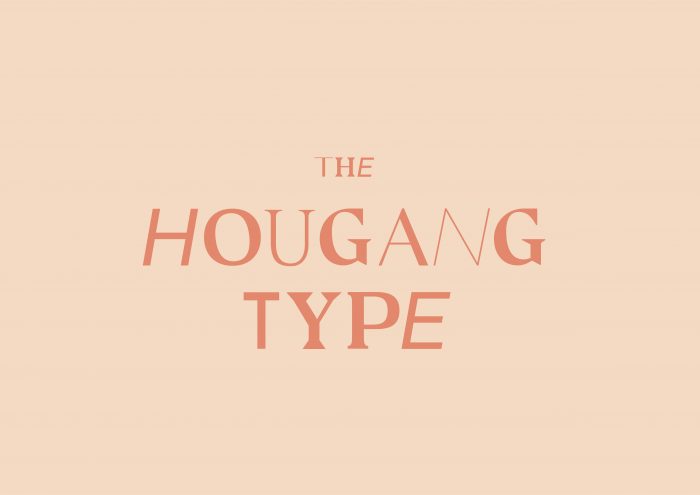
Anxiety Toilet
Idea
When seeking peace and quiet during a sudden anxiety attack, one would usually consider a toilet as the first place of refuge. With the given privacy of a toilet, one can stay hidden from the public eyes and avoid breaking down.
However, the Anxiety Toilet is not the toilet for such situations. As a dark object, the Anxiety Toilet will amplify the fear of anxiety in an enclosed space. Our interaction uses sound and light to amplify common symptoms of anxiety such as hyperventilation, panic, worry, stress, sweating, trembling, fatigue and increased heart rates.
Calming jazz music plays when there’s no one using the toilet, acting as a false place for “anxious refugees”. Once seated on the toilet bowl, the proximity sensor will be triggered causing the lights to flash and sounds of paranoia to play. The textured wall in our set up creates an optical illusion along the walls as the shadow bounces off the crevices of the walls. The sound effects start off rather gentle at first but soon amplifies with heavy breathing and loud white noises accompanied by flushing sounds.


Process
You can view our process video through the link below:
Materials
- Arduino Board
- Bread Board
- IR Sensor (SHARP GP2Y0A41SK0F)
- RGB LED Strip (2812B)
- External Power Source
- Wires
- Crocodile Clips
Instructions
Step 1
Connect IR sensor in the following sequence to Arduino Board:
Red Wire (VCC) to 5V
Black Wire (Earth) to Ground
Yellow Wire (DATA) to A0
Step 2
Connect 2812B LED Strip into the Board and to the External Power Source:
Red Wire (VCC) to + of Outlet
Yellow/White Wire (Earth) to – of Outlet
Green Wire (DATA) to Pin 3
Step 3
Connect to the Arduino to your Device and link it to Processing for Music to be played via Minim.
Reflection
This project has allowed me to truly understand the connection between tech, design and interaction.
It has shown me what a key role interaction plays in design. Often we end up design “for ourselves”, in the sense that if something works for us we assume it works for everyone. However, though the various project tests in class I came to realise how different people often had different reactions and actions to the same given object or space. I realised how we can’t simply expect people to interact and do things in a certain way, instead, we had to understand the behaviours of people and readjust our designs to them.
It was also really interesting dabbling into the world of coding. In all honesty, most codes still seem like a foreign language to me. However, they are no longer a complete blur, I can now understand some simple codes and their functions. Although coding was really tough, it was really satisfying to see the code work and I think that made all the work worth it.
This project and module has really broadened my knowledge of the interaction design field and has made me much more curious and appreciative for interaction design.
Despite all the challenges along the way, I am glad there was Lei to guide us through all the disruptions in our codes and lastly, I am thankful for having a great group mate, En Qi. We were able to split the work evenly and were on the same page throughout the project.
You can view our showreel through the link below:

A group effort with:
En Qi




























